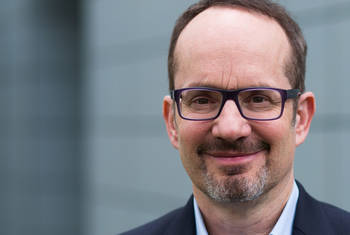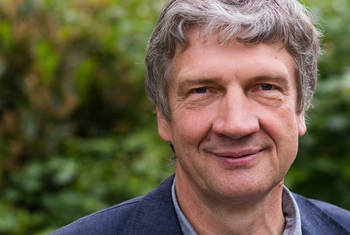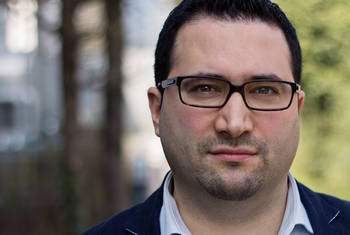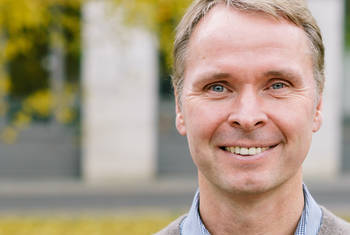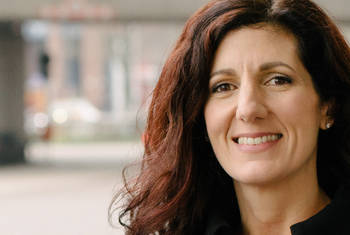Anthony A. Hyman How Do Cells Form Compartments and How Is this Related to the Onset of Neurodegenerative Diseases?
Anthony Hyman is Founding Director of the Max Planck Institute of Molecular Cell Biology and Genetics in Dresden, Germany. Before joining the Max Planck Society, he worked as a Group Leader at the European Molecular Biology Laboratory in Heidelberg, Germany. His research interests include cytoplasmic organization and how cells form non-membrane bound compartments. Anthony Hyman is an elected Fellow of the Royal Society (UK) and was awarded the Gottfried Wilhelm Leibniz Prize for his work on microtubules and cell division in 2011.
Area of Research
Molecular Cell Biology
since 1999
Director
Max Planck Society (more details)
Max Planck Institute of Molecular Cell Biology and Genetics
1993-1999
Group Leader
European Molecular Biology Laboratory, Heidelberg
1988-1992
Postdoctoral Researcher
University of California, USA
1985-1987
Predoctoral Fellow
Laboratory of Molecular Biology, Medical Research Council, UK
1988
PhD in Molecular Cell Biology
King’s College Cambridge
1984
Bachelor in Zoology
University College London
- Academia Europaea
- European Molecular Biology Organization (EMBO)
- Royal Society of the Advancement of Science
- The American Society of Cell Biology (ASCB)
Prizes
- Gottfried Wilhelm Leibniz Prize (2011)
- EMBO Gold Medal (2003)
- UCL Award for the Highest Final Year Examination Mark (1984)
Fellowships
- Elected Fellow of the Royal Society (2007)
- EMBO Member (2000)
- Lucille P. Markey Senior Fellow (1991-1994)
- American Cancer Society Fellow (1990)
- Lucille P. Markey Visiting Fellow (1988-1990)
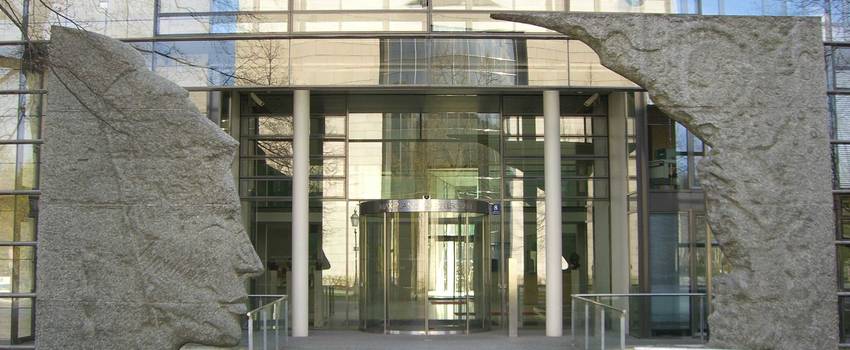 © Maximilian Dörrbecker
© Maximilian Dörrbecker
Max Planck Society
"The Max Planck Society is Germany's most successful research organization. Since its establishment in 1948, no fewer than 18 Nobel laureates have emerged from the ranks of its scientists, putting it on a par with the best and most prestigious research institutions worldwide. The more than 15,000 publications each year in internationally renowned scientific journals are proof of the outstanding research work conducted at Max Planck Institutes – and many of those articles are among the most-cited publications in the relevant field." (Source)
Institute
Max Planck Institute of Molecular Cell Biology and Genetics
"How do cells form tissues? How do tissues form organisms? Cell and developmental biologists at the Max Planck Institute of Molecular Cell Biology and Genetics in Dresden devote their research to discovering how cell division and cell differentiation work, which structures can be found in cell organelles and how cells exchange information and materials. Physical processes play an important role here; processes which, for instance, influence the movement of molecular motors, such as actin and myosin. Model organisms like the fruit fly, zebrafish, roundworm or mouse help the 25 research groups to find answers to the very basic questions of life. Often, this research includes investigating diseases like diabetes, cancer, Alzheimer's Disease or retinal degeneration." (Source)
Map
Molecules in cells are not randomly distributed but form compartments that perform specific functions. A few years ago, scientists discovered that many of these compartments develop by the process of phase separation which results in liquid-like compartments. This is the case for stress granules – drops formed by the cell when it is under stress, e.g. from heat or chemicals. As ANTHONY A. HYMAN explains, it has been shown that the same proteins that are associated with the formation of stress granules are also linked to neurodegenerative diseases. The research presented in this video followed the hypothesis that if the process of formation of stress granules goes wrong these proteins aggregate which leads to the onset of a disease. An in-vitro aging experiment confirmed this hypothesis and thereby suggests that finding a way to maintain the cell compartments in the liquid state might help in curing neurodegenerative diseases.
LT Video Publication DOI: https://doi.org/10.21036/LTPUB10279
A Liquid-to-Solid Phase Transition of the ALS Protein FUS Accelerated by Disease Mutation
- Avinash Patel, Hyun O. Lee, Louise Jawerth, Shovamayee Maharana, Marcus Jahnel, Marco Y. Hein, Stoyno Stoynov, Julia Mahamid, Shambaditya Saha, Titus M. Franzmann, Andrej Pozniakovski, Ina Poser, Nicola Maghelli et al
- Cell
- Published in 2015


